received a much-needed update this year. The colorfully-painted, folk-art illustrations haven't changed, but the statistics have been updated. As with the original book, the numbers are fascinating to contemplate, and offer Western children a look at the world from a much larger vantage point than the one with which they are familiar.
The premise of the book is simple. Proportionately reduce the world's population to 100 people and examine the demographics. Here are just a few of the many facts in
Language, age, religion, food, environment, school, money, energy and health are also featured, along with extensive source notes.
I'm so glad that it's been updated. In today's world, politics, society, environment and economics are
global issues. This is a must read.
One of the things that keep a person engaged is finding new locales to explore.
A person doesn’t have to take a plane, train, bus, or even a car. All that’s required is physical mobility. Some use feet, others use personal wheels. Sometimes when the weather is bad, a leisurely finger walk through the yellow pages can give a person an entirely new look at their hometown.
When Sister Jo and I go into a new town where we’re going to spend a few days, I look at the yellow pages as soon as I can. From those pale tissue leaves I discover the range of amenities available to locals and visitors alike. The demographics of the community are contained with that phone book section.
If you don’t believe me, go to the restaurant section of the pages. See what’s available for your dining pleasure. How many Mexican restaurants are there? Chinese, Thai, or Japanese? What about Mid-Eastern fare? Any Russian, French, or American Steak Houses? These numbers often reflect the population of an area.
What about churches? What denominations are there and how many of each can one choose from?
Is there a dealership where you can take your car if something goes wrong or you need an oil change? What if you need a new tire? Can you find a reputable local tire dealer that won’t cost you the contents of your bank account?
Sheer volume of entries in the yellow pages, their sizes, and the boldness of print tell the explorer much about where they are and what they can expect while in the area. This kind of information is overlooked many times in favor of asking available locals specific need-to-know questions. That’s fine, too, but laborious in nature. The phone book holding the yellow pages also gives you a map of the town so that you can find your way around without having to use the trial and error method.
Much entertainment can be reaped by locals from tourists asking those “Can you tell me…?” questions. Ask any farmer outside any small town how much fun it is to give directions to newbies.
Of course, if you ask the right questions and pay attention in the right locales, you can find your way around easily. Oklahoma is one of those places. The state’s smaller road system is set up on a one-mile grid and named accordingly. That holds true everywhere with one exception. Those areas in former logging areas along the eastern edge of the state and where rivers and lakes don’t allow for straight roads.
Local signage also clues the traveler as to the demographics of an area. There are clues everywhere. It’s up to the visitor to look for the gems.
Here’s an example from yesterday. We took in a local fresh-air farmer’s market in Templeton, CA. There was almost a carnival air to the occasion. Kids ran and played while parents selected the best of the locally grown produce.
We saw artichokes twice the size of softballs. I’ve never seen anything like them. Beside them were egg-sized purple artichokes. I’d never seen their like before either. Vine-ripened tomatoes that filled the hand snugged up against green onions that could feed three. It was marvelous.
The local historical society building was open for visiting where we found fodder for many future investigations. Watching the shoppers told another story. Old or young, they enjoyed the sunshine and produce presentations. Conversation was lively and relaxed
If you offer me a choice between going to a conference program and observing the work of a committee or board…I’ll pick the committee and board stuff almost every time. You’ll find debate, controversy, and loads of interesting discussions.
Yesterday, I observed the ALA Executive Board. They had a pretty interesting agenda, including a report on librarian demographics. It was fascinating stuff and merits discussion amongst a wider audience.
The demographers have not compiled their findings into a final report, and it will probably be a while before we see their interpretations. I’ll walk you through the slides, but keep in mind…while the numbers aren’t completely raw, you might consider them still medium-rare. As such I defer to the ALA Office for Research & Statistics when it comes to explaining all the charts and graphs. And keep in mind these caveats: this data represents particular snapshots and projections. It can be difficult to predict trends.
Slide 3: Credentialed Librarians by Age, 2005
These numbers are from census data, meaning this represents librarians throughout the US. There is an obvious bubble in the Baby Boomer age group, but interestingly, the numbers are concentrated in the first half of the Baby Boom. One of the demographers mentioned that the number of MLS degrees issued peaked in the 1970s. As the Boomers aged, they continued to join our profession, so the number of librarians in this age group continued to grow across the next thirty years. Note these numbers are for 2005, so projecting forward, 40% of librarians are age 54-63.
Slide 4: GM Auto Workers by Age and Sex, 2006
This is here as a comparison to other professions and industries. The same Baby Boom bubble is apparent, but you’ll also notice the steep decline around age 45. Seniority rules mean that workers under 45 are most likely to be laid off, so they’re simply not present in the GM workforce.
Slide 5: Credentialed Librarians by Gender and Age, 1980 & 1990
These are snapshots of the profession in 1980 and 1990. In 1980, the Boomer bubble occurs around age 30, and overall the profession appears fairly young. In 1990, the Boomer bubble has moved to age 40 and grown a bit in the meantime.
Slide 6: Credentialed Librarians by Gender and Age, 2000 & 2005
By 2000, the Boomer bubble has reached 50, and in 2005, it’s at 55. Since 1980, the profession has aged significantly.
Slide 8: Credentialed Librarians by Gender and Age, 1995
Same stuff we just saw, this is here to make the next couple of slides possible. Can you spot the Boomer bubble?
Slide 9: Credentialed Librarians Growth 1995-2005
Alrighty. The light blue represents the 1995 numbers aged forward 10 years. The purple shows people who have entered the profession since 1995. Remember, this represents a sample, so it doesn’t mean that there were no 39 year old males or 54 year old females who became librarians from 1995-2005, it just means there weren’t any in this sample. If you look past the choppiness, you can still get a general idea of what is going on…librarians enter the profession at many different ages.
Slide 10: 1995 Credentialed Librarians Aged to 2005
Once again, same data from slide 8 aged to 2005, but this time (represented in light green) we’re looking at individuals who have left the profession (through retirement, death, career change, etc). The demographers mentioned that men tend to enter the profession earlier, and they follow more traditional (i.e. earlier) retirement patterns than women.
Intermission. Switch gears, we’re blazing ahead to the future.
Slide 11: Number of Credentialed Librarians by Age 1980-2006
Once again, we’re looking at snapshots of the profession at particular moments in time. This chart shows quite clearly that young librarians were prevalent in 1980, and we can watch the Boomer bubble (and the profession overall) age as we progress to 2005.
Slide 13: Projected 2015 Data
There’s the 2005 data from the last slide, alongside three different versions of what 2015 might look like. The first is based on the changes that occurred from 1980 to 1990, the second on 1990-2000, and the third on 1995-2005. While the projections are generally similar, note the differences in the 65-70 and 70+ categories. (There’s a funny dip in the 50-54s for the set on the right. Yup, it’s weird, and nope, the demographers aren’t really sure what’s going on.)
Slide 14: Percent of Credentialed Librarians Age 60+
The left half of the graph represents actual numbers, the right half are all 2015 projections, based on different rates as in slide 13. From what the demographers said, I got the impression that the 1995-2005 scenario is mostly likely. You can see that from 1980-2000, the number of librarians aged 60+ was fairly constant at 10%. In 2005, it jumps to a little over 15%, but in 2015, we’re looking at 27-30% at age 60+.
Slide 15: Estimated and Projected Credentialed Librarian Retirements by Decade
This chart illustrates the impending wave of librarian retirements that we’ve been hearing about for a while. We’re already four years into the 2005-2015 projections. Of course, in recent years we’ve witnessed that Boomers are delaying retirement.
Slide 17: Projected Retirements of 2009 Domestic Working ALA Members
This slide represents just ALA members.
Slide 18: Anticipated Member Retirements 2009–2020
More ALA member-only data. The graph on the left is actual 2009 numbers, while the middle and right graphs are projections. Like slide 10, the projections show 2009 members aged forward to 2015 and 2020, with light green representing anticipated retirements (or people leaving the profession for other reasons). Notice the growth in the 70+ category.
Slide 19: Credentialed Librarians: Hours Worked by Age and Gender
I think we’re back to census data, but don’t quote me on that. This slide shows a general trend towards part-time work as librarians age. (Again, this is a sample, not everybody, so there’s potential for a certain choppiness. Yes, there are probably 70+ year old males somewhere who worked 33 hours a week, it just happens that there weren’t any in this sample.)
Slide 20: Census Credentialed Librarian vs. ALA Membership Age Distributions
This might be one of the most interesting charts, but also the hardest to interpret. Here we compare total librarians compared to ALA members. My notes say that this is data for 2005. I think the member data used is from 2009, adjusted backwards for 2005. Note these are percentages; I’d like to see the actual numbers. At first glance, it looks like younger librarians are more likely to be ALA members. Of course, students enrolled in library degree programs aren’t credentialed, and therefore not included in the census numbers (those are the blue bars). I’d like to see library school students included in this data somehow. The difference between ALA members and total librarians might also be affected by the definition of credentialed librarian. It looks like the turnaround point for ALA membership is age 40, but when asked about this, the demographers mentioned that ALA’s drop in market share with regards to membership begins around age 30. (I’d really like to see more data there.)
Alright, that’s a lot to digest. Interesting to consider it alongside discussions about how to make ALA more responsive to younger members. What do you think?










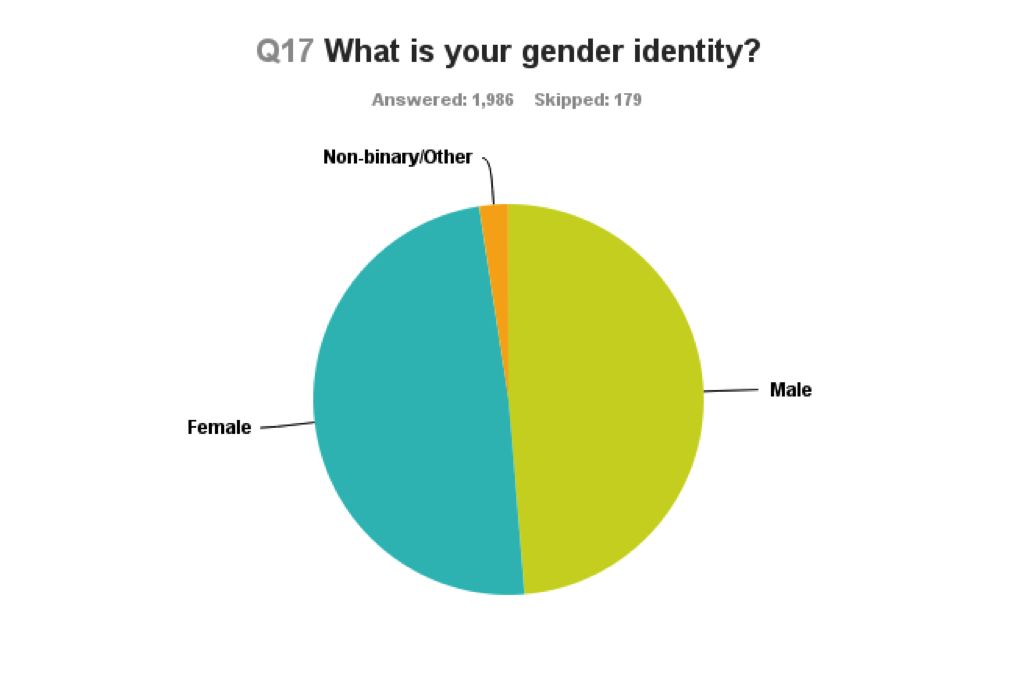



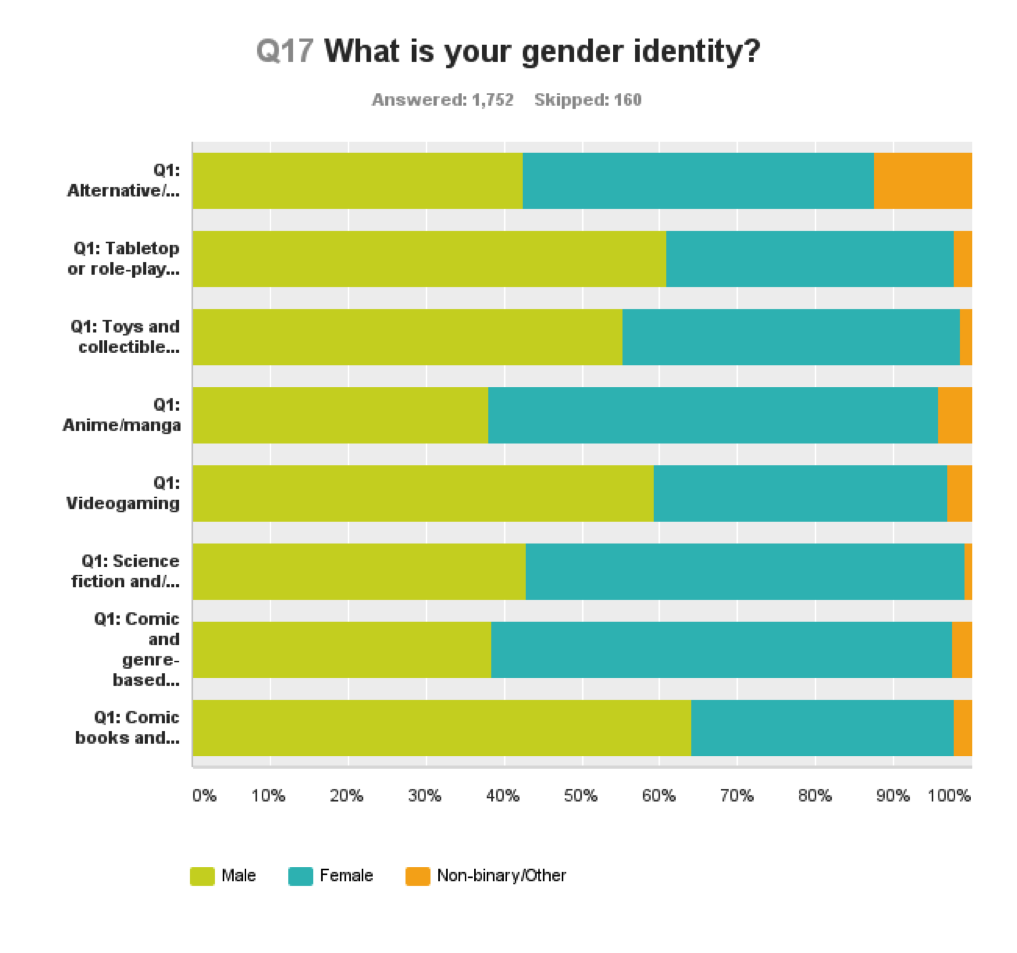
 The first item in
The first item in 
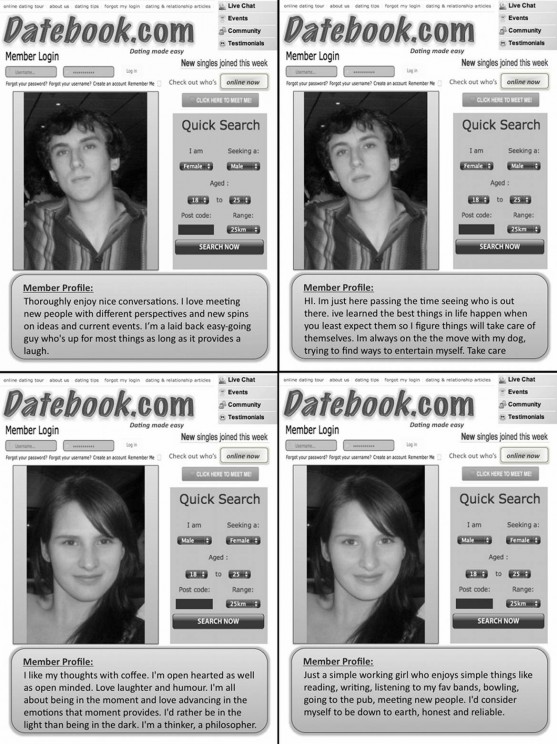
 Cupid scours a trove of demographic data to guide his arrows. This Valentine’s Day, let Social Explorer help you map your way to love.
Cupid scours a trove of demographic data to guide his arrows. This Valentine’s Day, let Social Explorer help you map your way to love.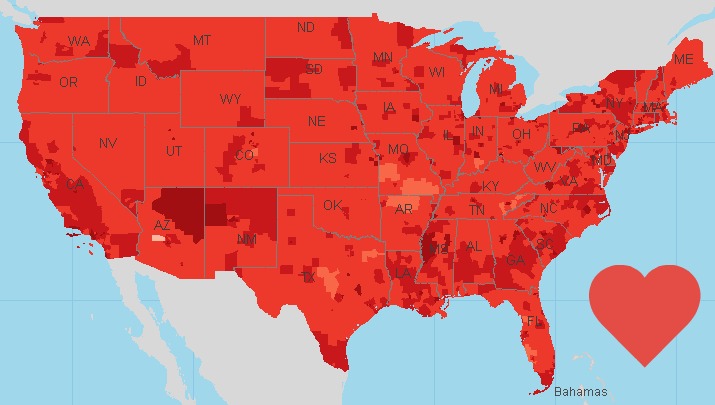
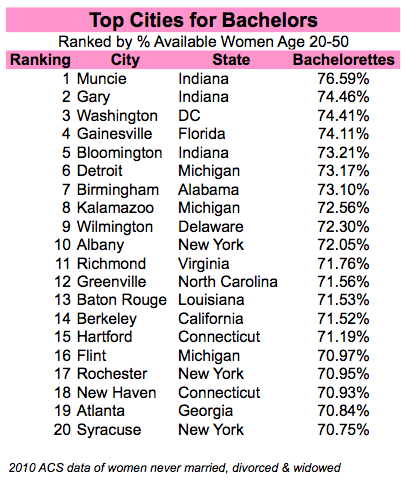 For instance, Donald Demographics wants to know where the single ladies are. Using the data sorted by city, he can identify where lots of available women dwell. Since he has a thing for women with accents, he can refer to the
For instance, Donald Demographics wants to know where the single ladies are. Using the data sorted by city, he can identify where lots of available women dwell. Since he has a thing for women with accents, he can refer to the 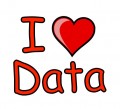 Sydney Beveridge is the Media and Content Editor for Social Explorer, where she works on the blog, curriculum materials, how-to-videos, social media outreach, presentations and strategic planning. She is a graduate of Swarthmore College and the Columbia University Graduate School of Journalism.
Sydney Beveridge is the Media and Content Editor for Social Explorer, where she works on the blog, curriculum materials, how-to-videos, social media outreach, presentations and strategic planning. She is a graduate of Swarthmore College and the Columbia University Graduate School of Journalism.












I wonder if anyone else feels like I did at a con this weekend – mildly “unwelcome” because I do not cosplay.